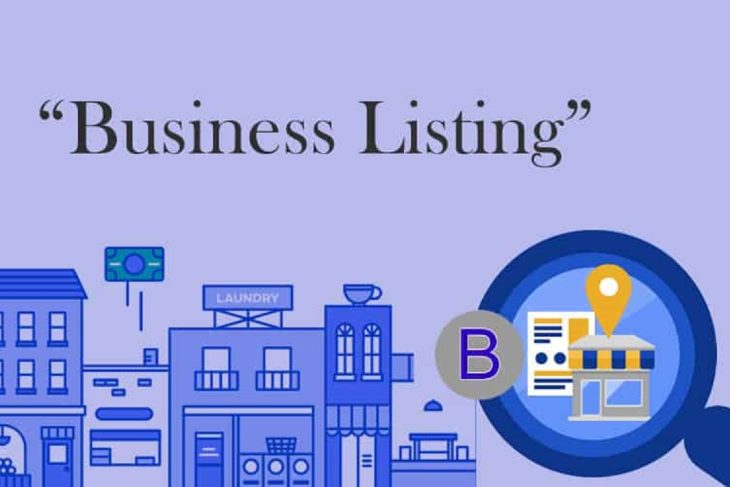
Ever notice that the more blog posts there are on a topic, the harder it is to stand out? There are so many posts on Amazon Pay per Click (PPC) advertising strategy that you’d think there would be very little left uncovered.
Sometimes, with all the focus on bidding tactics and granular placement settings, that big picture can get lost.
We recently took the time to look more closely at 10 of Google’s top-ranked articles on the best Amazon advertising strategies. In doing so, we noticed a few critical optimization opportunities that even experts seem to consistently miss.
1. Purchases, Not Clicks
Let’s say that you randomly picked ten articles talking about strategy. How many do you think would have headlines focused on “increasing clicks” or “improving click-through rate (CTR)?”
We’d bet that a large percentage would focus on those popular metrics. If you concentrated on paid search, the numbers might be even higher.
A platform-wide focus on click-based metrics dominates the Amazon advertising space.
It’s not necessarily bad advice. Clicks indicate interest levels, allow tracking of customer journeys, and factor into your quality score. Highly relevant, attractively displayed ads are designed specifically to draw clicks. But ultimately, clicks themselves don’t define campaign success or failure.
At the end of the day, what truly matters are purchases and conversion rates. Did your Amazon ad spend drive sales? When you have options to bid on a target keyword, a significant part of your focus should be on purchases first.
Use Long-Tail Keywords to Drive Conversions
Uncovering relevant long-tail keywords should be a big part of your marketing strategy. Long-tail keywords can greatly boost e-commerce conversions by drawing in highly targeted traffic with strong purchase intent.
That’s because online shoppers using specific search phrases are typically deeper in the buying journey and more likely to make a purchase.
Keep a close eye on your return on ad spend (ROAS). On Amazon, your RoAS can be found under the Advertising tab. Here, you’ll find information about impressions, clicks, and your overall cost per sale.
If you’re using an Amazon Sponsored Products ad, rule-based bidding can help take the guesswork out of adjusting bids to achieve your target ROAS. For any existing campaign running for at least 10 days, you can apply a rule with a guardrail of ROAS and Amazon Ads will be able to adjust your base bids up and down to increase conversions while maintaining your guardrails.
Consider viewing optimizations through the lens of whether it will drive more revenue, rather than getting stuck chasing click volume.
Design ads to get attention without being misleading. Then, adjust your bids and matching strategies based on conversion behaviors. Many people often overlook this shift from search queries to purchases.
2. Amazon Automation (The Good Kind)
Winning the Amazon Buy Box – and the PPC advertising needed to do it – is becoming more challenging every day. When it comes time to scale an Amazon brand, individual sellers simply cannot manage bids, ads, keywords, and settings across thousands of product listings or locations.
Best practices like close variant matching, flexible bid strategies, and custom bids by segments are nearly impossible for a human alone when you hit a few hundred or thousand products.
If you’re not fortunate enough to have an Amazon PPC agency doing this for you, this is where automatic targeting and advanced algorithms enter the game. Leveraging artificial intelligence, machine learning, and automation can help overwhelmed advertisers keep up.
For an Amazon agency, automation of standard practices is particularly impactful because it frees up the humans to attend to the volatile situations that require years of specific ecommerce experience to untangle.
3. Amazon Ad Segmentation
The vast majority of paid search targeting still comes down to picking products, keywords, and match types. But there is a much wider world of options to precision-target the right potential customers. Variables like demographics, user intent, behaviors, and devices used allow customization at a person-by-person level.
For example, “Similar to advertised products” product targeting for Sponsored Display is a dynamic Amazon ad segmentation option that allows advertisers to leverage machine learning to help reach hyper-relevant audiences.
Advertisers can use dynamic segments through the Amazon Ads API by creating a contextual targeting clause of type “similar product”.
Using dynamic segments, advertisers can target additional products that are similar to those being advertised and help sellers reach relevant audiences most likely to click and help drive traffic to advertised products.
Imagine you find mobile phone buyers from higher-income households have exceptionally high conversion rates. You can create a specific ad group and set aggressive mobile bids just for this audience.
Here are three ways to boost segmentation for even better campaign results:
Leverage multiple data signals.
Combining variables like income and mobile users is more powerful than a single trait. It creates exponential benefits. You can build segments using site analytics, CRM data, and third-party sources.
Test new variants frequently.
Customer data and behaviors evolve rapidly. Routinely build and experiment with new segments to catch trends. Take advantage of the rapid advances in artificial intelligence to move quickly.
Assign dedicated budgets
Rather than evenly spreading funds, dynamically shift budgets to your best-performing segments to maximize ROI. Again, AI can help you filter through multiple accounts and ad campaigns to make changes quickly enough to affect your ROAS and ultimately, your bottom line.
4. Focus a Microscope On Your Ad Campaign With Dayparting
The latest developments in artificial intelligence have fundamentally changed many facets of daily life. With AI quickly handling the data-heavy complexity of Amazon ad campaigns, e-commerce is leading in that trend.
An advanced PPC optimization method called dayparting sets ads to run just at designated times of the day or week. This approach considers how drastically customer behavior and buying patterns can alter over a somewhat short period.
To implement a dayparting strategy:
Analyze Sales Data: Identify peak shopping hours for your products.
Review PPC Performance: Determine when your ads are most effective.
Set Up Custom Ad Schedules: Focus your budget on high-performing times in your Amazon PPC campaigns.
For example, if you sell office supplies, your ads might perform best during weekday business hours. If you sell entertainment products, evenings and weekends might be your prime time.
Benefits of Dayparting:
- More efficient use of your ad budget
- Improved click-through rates (CTR) and conversion rates.
- Reduced ad spend during less profitable hours.
5. Seasonal Keyword Strategies
Amazon sellers spend a lot of time preparing for seasonal events like Prime Day. That’s why it’s a little bit strange that most of the top posts don’t mention the required seasonal ad campaign adjustments necessary to be successful.
Adjusting PPC strategies for seasonal trends and holiday shopping periods is crucial for maximizing sales during peak times. This involves creating separate campaigns and adjusting bids and budgets for seasonal keywords during high-traffic periods like Black Friday, Cyber Monday, or Christmas.
To implement a seasonal keyword strategy:
- Identify Relevant Seasonal Events: Determine which holidays or events are relevant for your products.
- Research Seasonal Keywords: Compile a list of keywords related to these events.
- Create Separate Campaigns: Set up individual campaigns for each major seasonal event.
- Adjust Bids and Budgets: Account for increased competition during these periods.
- Optimize Listings: Use seasonal keywords and imagery in your product listings.
- Plan Ahead: Schedule these campaigns well in advance of the seasonal event.
Key Considerations for Seasonal Campaigns:
- Start early to capture early shoppers and build campaign history.
- Gradually increase bids as the seasonal event approaches.
- Prepare for higher CPCs during peak shopping periods.
- Monitor inventory closely to avoid stockouts during high-demand periods.
- Adjust your main campaigns to account for seasonal shifts in search behavior.
How IndeedSEO Can Help
Turns out that when you combine the massive experience of Canopy’s Amazon Advertising Experts with smart tools and tech, you get industry-leading results like this:
- 84% Average Year-Over-Year Profit Growth for Our Partners
- a2.7 Billion in Revenue Managed
- 99.1% Partner Retention Rate
IndeedSEO is a full-service marketing agency for Amazon, SEO, and PPC. Our team consists of multi-million dollar, omni-channel entrepreneurs, industry leaders, and award-winning experts.














